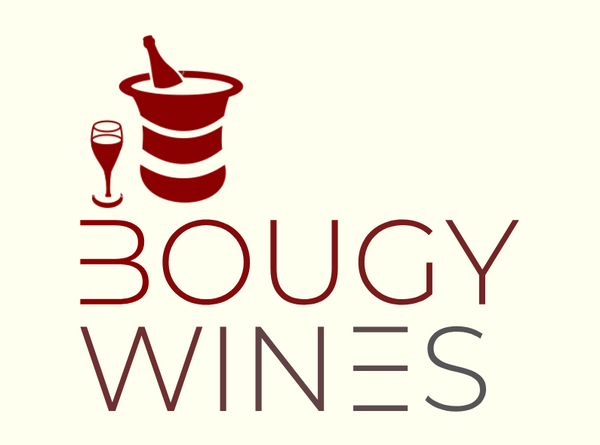Introduction
Wine tasting is not merely an activity; it is an art form that allows us to explore the world of flavors, aromas, and visual aspects hidden within every bottle. Whether you're a casual wine enthusiast or a budding sommelier, understanding the techniques and nuances of wine tasting can enhance your appreciation and enjoyment of this ancient beverage. In this comprehensive guide, we will delve deep into the sensory exploration of wine, providing valuable tips, insights, and techniques to help you discern and appreciate the various dimensions of this fascinating liquid.
Understanding Flavors
When it comes to wine tasting, flavors play a crucial role in our perception and enjoyment. However, discerning flavors accurately requires a mindful and methodical approach. Start by considering the primary fruit flavors present in the wine. Is it more towards the fruity, citrusy, or perhaps the tropical spectrum? Take note of any secondary flavors such as herbs, spices, or earthy undertones. Allow the wine to linger on your palate, paying attention to the length of the finish and any aftertastes that emerge. By focusing on the different flavor components, you can begin to unravel the complexities of the wine you are tasting.
Exploring Aromas
Aromas can reveal a wealth of information about a wine's origin, its grape varietal, and the winemaking techniques employed. Before swirling your glass, take a moment to breathe in the wine's bouquet. Observe the intensity and complexity of the aromas. Are they floral, fruity, or perhaps more savory? Swirling the wine gently aerates it, releasing more aromas. Put your nose back into the glass and try to pinpoint specific scents. Are there hints of berries, citrus, or maybe even oak? Trust your senses and let them guide you through this olfactory journey, as the aromas can lead you to a deeper appreciation of the wine's character and distinctiveness.
The Visual Aspects
Examining the visual aspects of a wine can provide valuable insights into its quality and age. Hold your glass against a white background and observe its color and clarity. Whites and rosés can range from pale straw to vibrant gold, while reds can span from light ruby to deep garnet. Take note of any variations in hue towards the rim of the glass, as this can often indicate the wine's age. Is it clear or cloudy? A clear wine is usually a sign of careful filtration, while cloudiness may suggest natural sediment or a winemaking technique that promotes complexity. By paying attention to the visual cues, you can begin to decipher the story behind the wine you're about to taste.
Tips for Enhancing Your Wine Tasting Experience
1. Use appropriate glassware: Invest in quality wine glasses that allow you to fully appreciate the wine's aromas and flavors. The shape and size of the glass can greatly impact your tasting experience. Red wines often benefit from larger, tulip-shaped glasses, while white wines and sparkling wines are best served in narrower glasses.
2. Consider the temperature: Serve wines at their optimal temperature range to ensure the flavors and aromas are at their best. Whites and rosés are generally enjoyed chilled, while reds benefit from being slightly cooler than room temperature. Improper serving temperatures can mute or distort the wine's flavors and aromas, so it's important to pay attention to this detail.
3. Take your time: Wine tasting is a personal and subjective experience. Give yourself the opportunity to savor each sip, allowing the wine to evolve on your palate and revealing its hidden nuances. Take note of the wine's texture or mouthfeel. Is it light-bodied, medium-bodied, or full-bodied? Does it feel smooth, velvety, or perhaps even grippy? These tactile sensations contribute to the overall sensory experience.
4. Practice, practice, practice: The more you explore and taste different wines, the more you'll refine your palate and develop a deeper understanding of their complexities. Attend tastings, visit vineyards, and engage in conversations with fellow wine enthusiasts to expand your knowledge. Reading books, following wine blogs, and even taking formal wine courses can also help further your wine education.
Conclusion
Wine tasting is an art that invites us to engage our senses and explore the vast world of flavors, aromas, and visual aspects locked within each bottle. By understanding the techniques and nuances involved, you can enhance your sensory exploration and enjoy a deeper connection with this beloved beverage. So, grab a glass, pour yourself a taste, and embark on a journey of discovery through the fascinating world of wine. Remember, each sip is an opportunity to expand your palate, refine your senses, and immerse yourself in the beauty of wine.


